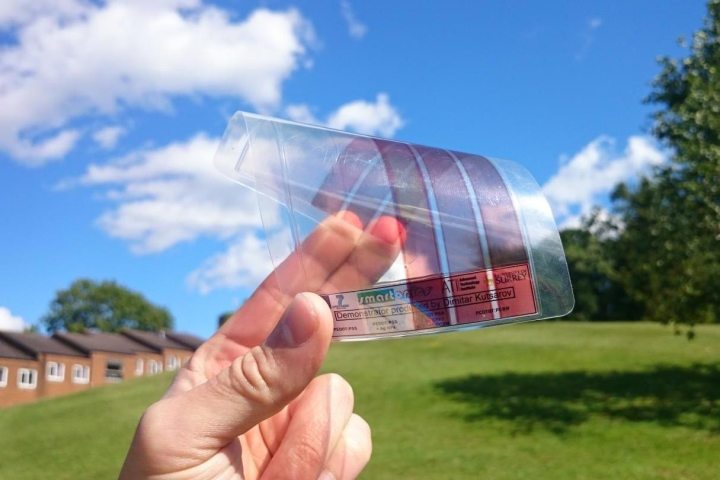
“We realized that the moth’s eye works in a particular way that traps electromagnetic waves very efficiently,” Professor Ravi Silva, head of the Advanced Technology Institute at the University of Surrey, told Newsweek. “As a result of our studies, we’ve been able to mimic the surface of a moth’s eye and create an amazingly thin, efficient, light-absorbent material made of graphene.”
Speaking with Electronics Weekly, Silva added, “Moths’ eyes have microscopic patterning that allows them to see in the dimmest conditions. These work by channelling light towards the middle of the eye, with the added benefit of eliminating reflections, which would otherwise alert predators of their location. We have used the same technique to make an amasingly thin, efficient, light-absorbent material by patterning graphene in a similar fashion.”
The incredibly thin sheets of graphene are actually just one-atom thick and are comprised of carbon atoms arranged in a honeycomb lattice. But don’t let the delicate arrangement and rubber-like flexibility fool you — the material is 200 times stronger than steel and is also more conductive than copper. The hope is that graphene and these moth eye-inspired sheets will be able to unlock new possibilities within the Internet of Things, or power a host of different devices. As Newsweek notes, everything from flexible smartphones to artificial retinas could benefit from the new material.
“For many years people have been looking for graphene applications that will make it into mainstream use,” said Silva. “We are finally now getting to the point where these applications are going to happen. We think that with this work that is coming out, we can see an application very close because we’ve done something that was previously thought impossible: optimizing its incredible optical properties.”
Editors' Recommendations
- High temperatures and a diamond anvil could lead to a solar cell breakthrough
- Semitransparent solar cells could power tomorrow’s self-sustaining greenhouses
- Toyota covers a Prius in solar cells to boost its range by 27 miles


